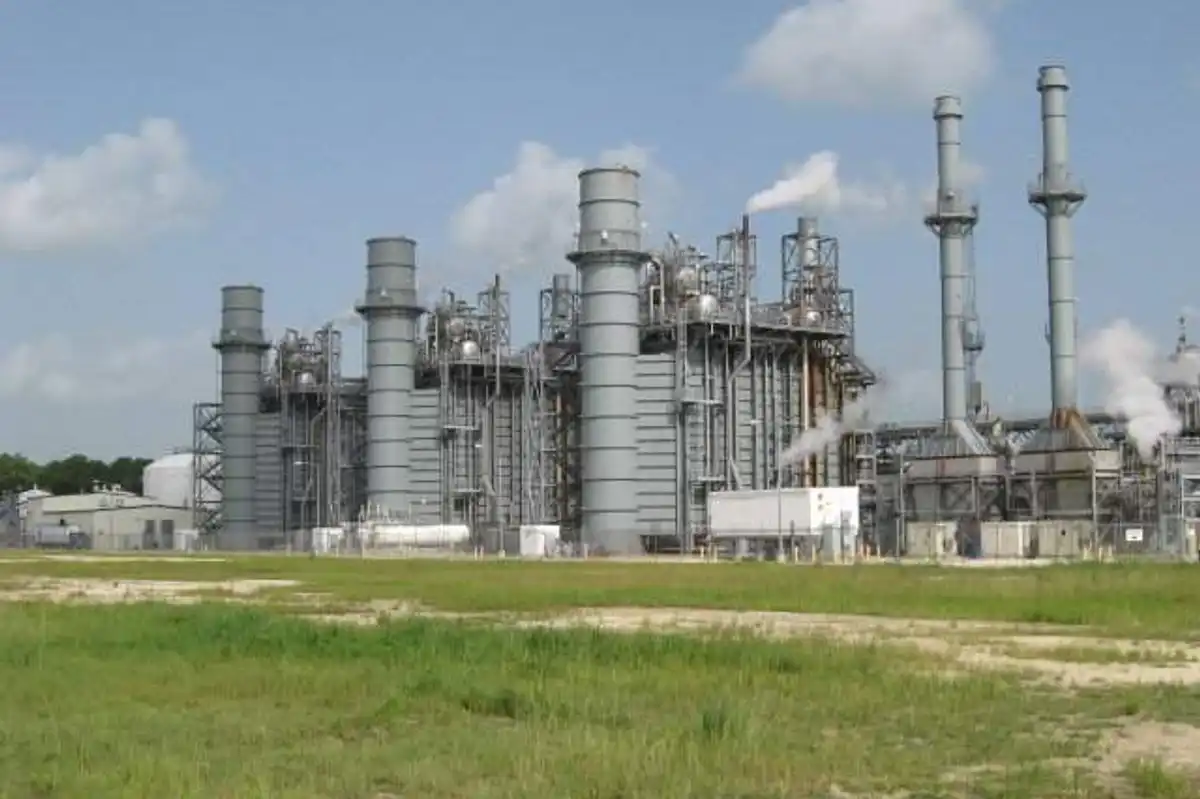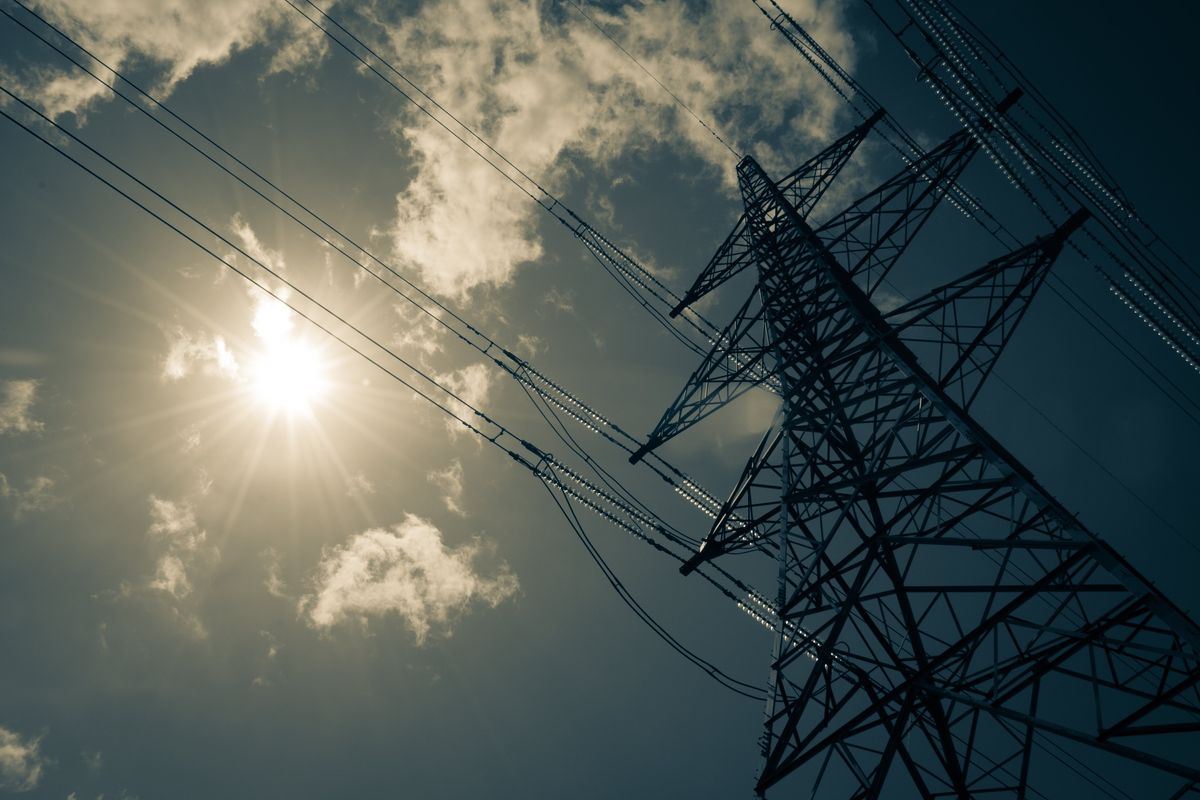University of Houston launches web, radio series to address key energy transition topics
tune in
The University of Houston Energy Transition Institute — in its mission to address challenges in the energy field and the ongoing energy transition — is launching two educational series via radio program and web seminars.
“Both these programs are ways for us to reach and share information with our stakeholders in the Houston ecosystem, region, nation and world about the latest trends in research and policy related to the energy transition,” Debalina Sengupta, chief operating officer at ETI, says in a news release.
"Driving the Energy Transition” will air on Houston Public Media’s KUHF News 88.7, and new episodes will be available every other Monday. The Energy Transition Webinar series will run biweekly on Tuesdays and offer online discussions that will feature UH experts and other experts in the field.
The radio series plans to explore innovations, policies and technologies around shifting the world to lower-carbon resources. The webinar series promises a “deep dive” into topics like the hydrogen economy, carbon capture, the circular economy, and sustainable energy practices, according to a news release. The webinars will include strategies for the energy landscape from Texas to globally, from UH faculty, students, industry leaders, and energy pioneers.
“UH is The Energy University, and 'Energy Transition' is the topic that should be on everyone’s mind right now,” ETI founding executive director Joe Powell adds. “How do we meet the dual challenge of expanding supply for equitable global access to energy, while also reducing fossil carbon dioxide emissions to address climate change? How do we continue to produce but also recycle the high-performance hydrocarbon products, which underpin our quality of life?”
The ETI focuses on hydrogen, carbon management, and circular plastics, and was founded in 2022 with a $10 million commitment from Shell. The institute also received a $100,000 grant from Baker Hughes in 2023.The institute also works closely with UH’s Hewlett Packard Enterprise Data Science Institute and researchers across the University, and with other colleges, universities and industry partners. The ETI has helped catalyze “cross-disciplinary cooperation” to expand funding opportunities for UH faculty, which includes direct funding of over 24 projects via seed grants.
“Our aim is to provide reliable scientific evidence-based knowledge for all, to enable them to make informed decisions for the future of energy,” Sengupta says.
- Houston scientists land $1M NSF funding for AI-powered clean energy project ›
- Houston research team discovers new application for crystals in nuclear energy ›
- University plugs into Houston renewables co. as official athletics energy provider ›
- University of Houston names new energy transition-focused executive ›
- University of Houston's energy transition exec unpacks future of institute, partnerships, and more ›
- University of Houston names official energy partner ›
- University of Houston names official energy partner ›











